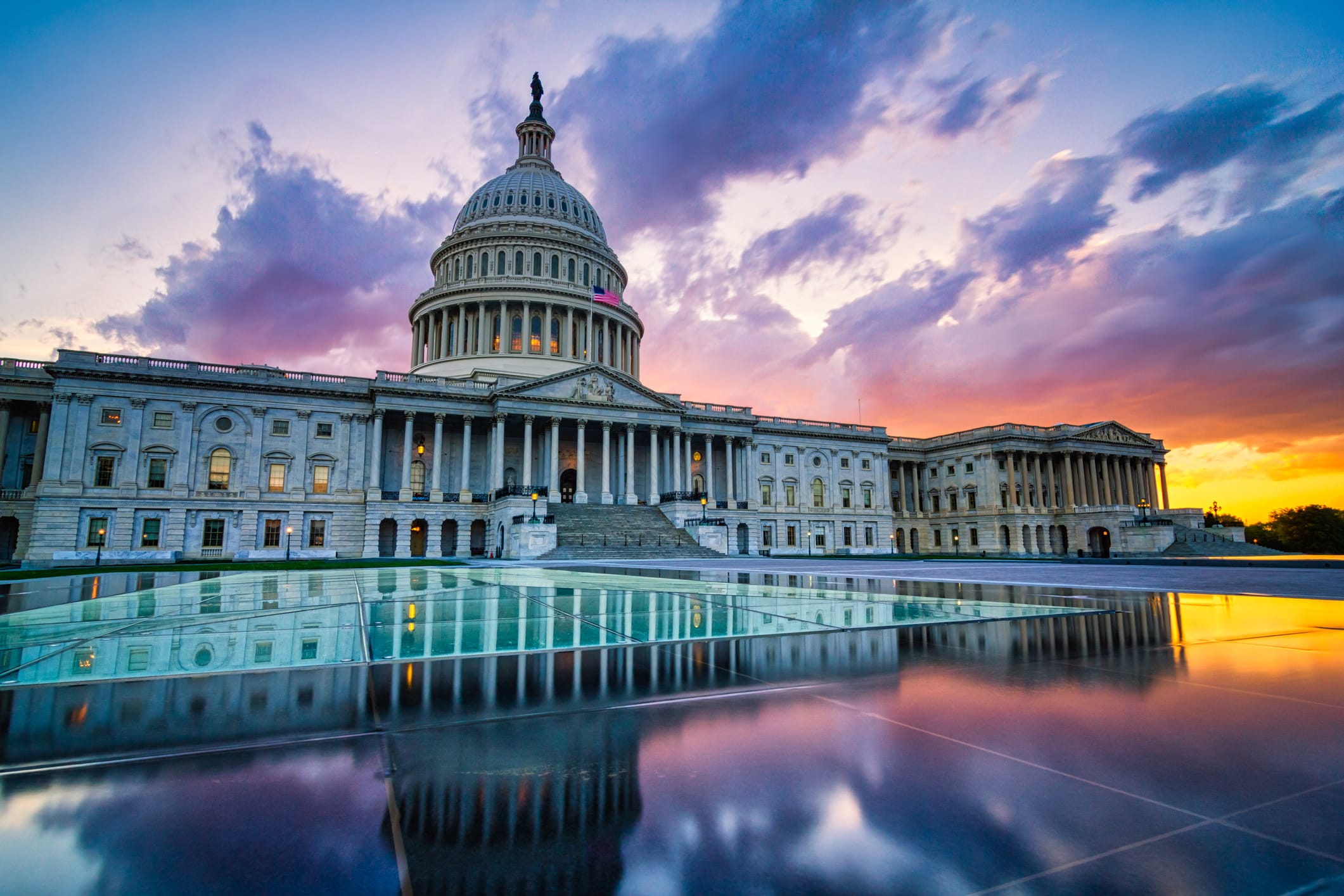Here’s what we’re seeing in the first draft of the legislation—and what it means for solar, wind, and battery storage:
Gradual Sunset of Main Tax Credits
The foundational tax credits for clean energy—48E Investment Tax Credits (ITCs) and 48Y Production Tax Credits (PTCs)—are set to begin sunsetting in 2029. The phaseout will follow a 4-year slope: 80% in 2029, then 60%, 40%, and ultimately 0%. While not ideal, this provides long-term visibility and a path for potential renewal, as we’ve seen in past cycles.
Transferability Limits, But with a Practical Buffer
Transferability will be phased out for projects that begin construction two years after the bill’s enactment. In effect, any project safe-harbored before mid-to-late 2027 will still qualify. This gives the market time to adapt, and there’s every possibility this could shift again with future administrations or legislative amendments.

Direct Pay and Adders Remain Intact—For Now
The structure around direct pay and tax credit adders (e.g., domestic content, energy communities) remains untouched—welcome news for C&I developers. However, certain other credits, including Section 25D for residential solar and 30C for EV charging, are slated for sunset beginning December 31, 2025. Notably, the expiration of 25D may open the door to increased adoption of third-party ownership models in residential solar.
New Restrictions for Foreign Ownership
A new recapture provision has been introduced targeting ownership and influence by “Prohibited Foreign Entities,” also known as Foreign Entities of Concern. This could have implications for financing and partnerships, particularly for projects with complex international structures or components.
At Solar One, we’re tracking these developments closely. This is just the starting point in what will be a longer process. We’re engaging with industry peers, partners, and policymakers to ensure that commercial and industrial solar continues to be supported through sound, forward-thinking policy.
We’ll keep you informed as this legislation moves through Congress—and continue advocating for a clean energy future that remains accessible, resilient, and scalable.

Aaron Wilson
Chief Executive Officer
